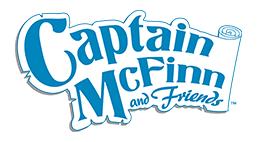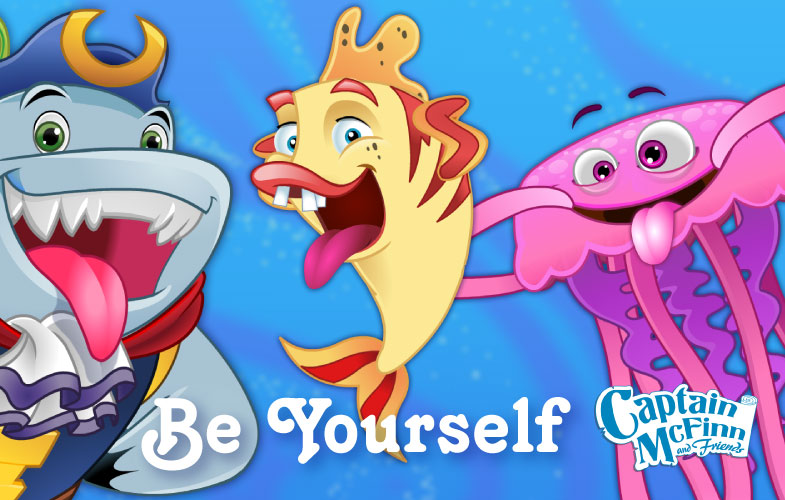
Difficult behaviors in toddlers and children are frustrating for the entire family.
As parents, we often find it frustrating to find ways to discipline our children in a way that corrects the behavior so that it’s not repeated over and over again. While approaches to discipline vary amongst professionals in different industries, all parties involved are trying to reach the same goal: well-behaved children and a peaceful environment for the whole family. Here are 4 common difficult behaviors and strategies on how to stop them.
- Defiance – Defiant behavior should not be tolerated, however, it should be communicated in a way that allows parents to attempt to understand the behavior in order to best counteract it. Spell out your expectations when you and your child are both calm and collected. Consider that there may be a reason for their defiance (yes, there could be a logical reason) and allow your child to voice his or her concerns logically. Once you’ve opened the door of communication you are free to express your request confidently and calmly. During this discussion, you should also express the consequences for continued defiance and ask your child to confirm that they understand the situation to avoid confusion and further defiance.
- Lying and cheating – Stretching the truth is often part of everyday life. Even as adults we often tell small “untruths” to neutralize a situation or appease someone. But when lying and cheating by children becomes a character problem there are several strategies parents can use to combat the behavior. One way is by reinforcing your gratitude for their honesty. For instance, when you calmly confront a child about a situation and they tell the truth, let them know how much you appreciate the fact that they were honest and tell them to “keep it up” or “do it again next time”. Another strategy in reducing lying and cheating is to set a consequence for repeating the dishonesty. The best consequences directly address the concern. Actions such as apology letters and redoing of assignments or tests are directly related to the difficult behavior and help children become better aware of the correlation between action and consequence.
- Whining – The main reason children whine is to get attention. Whining is their way of blowing a whistle. They know that it’s irritating and they know that parents will stop what they’re doing to pay attention to them. When your child whines, ask them to speak in a tone that is calm and collected and insist that you won’t help them until they clearly communicate their needs. Having a zero tolerance policy where you make it clear to your child that they will automatically receive a “no” answer as a result of whining may also help them to realize that their communication style is important.
- Hitting – Hitting is often used by children to express anger and frustration. If this response isn’t addressed quickly it can often become a habit that can be carried into early teens and even into adulthood. Teaching kids alternatives to hitting is a great way to enforce that the action isn’t the only choice they have for dealing with frustration. You can teach your child to walk away from the situation and take deep breaths, go to a calm spot, or express their needs verbally instead of resorting to physical expression.
In general, most difficult actions can begin on the path to correction by reinforcing positive alternative behaviors and enforcing consequences for negative behaviors. Your child’s greatest role model is you, so modeling the behaviors you would like to see in them is a great way to get your child on the road to being a great person now and as they grow!



